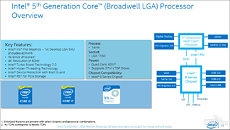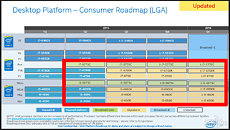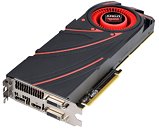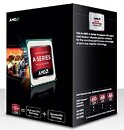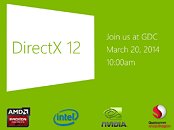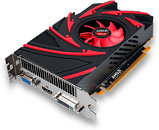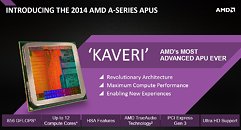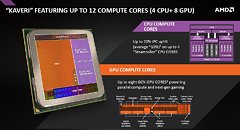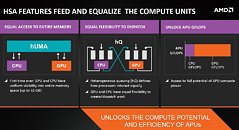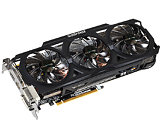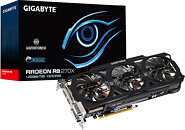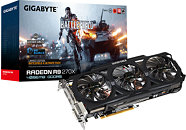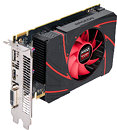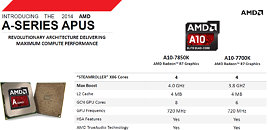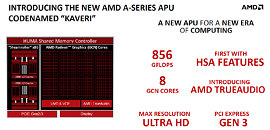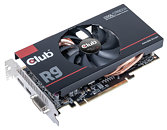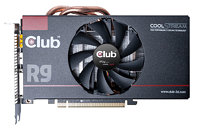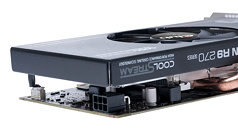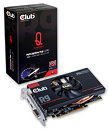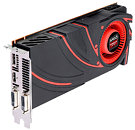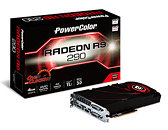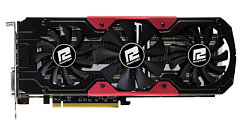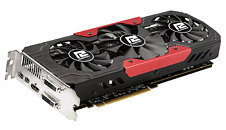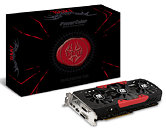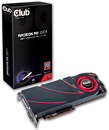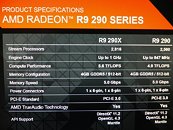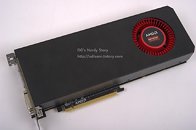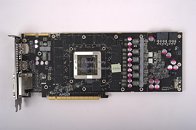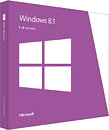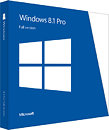
Desktop OEMs Begin Listing "Broadwell" Chips, "Skylake" Arrives in Q3
Major pre-built desktop manufacturers began listing products driven by 5th generation Core "Broadwell" processors, which are having a brief stint at the markets before being replaced by 6th generation Core "Skylake" processors in Q3-2015. The 5th Generation Core family is led by two parts, the Core i5-5675C, and the Core i7-5775C, both of which come with unlocked base-clock multipliers, are based on Intel's new 14 nanometer silicon fab process, and built in the LGA1150 package, compatible with existing Intel 9-series chipset based motherboards, with BIOS updates.
The Core i5-5675C and i7-5775C aren't exactly successors of the i5-4690K and i7-4790K. The i7-5775C is placed in a product tier Intel calls "P1+," while the i5-5675C is placed in one called "MS2+." The two aren't exactly in the same plane as P1K (eg: i7-4790K) or MS2K (eg: i5-4690K), respectively, and don't qualify as P1 (eg: i7-4790 non-K) or MS2 (eg: i5-4690 non-K). The two still feature unlocked multipliers. This places them somewhere between P1K/MS2K and P1/MS2. Both the i5-5675C and i7-5775C are quad-core chips, and physically feature just 6 MB of L3 cache. The i7-5775C has access to all 6 MB of it, while the i5-5675K features just 4 MB.
The Core i5-5675C and i7-5775C aren't exactly successors of the i5-4690K and i7-4790K. The i7-5775C is placed in a product tier Intel calls "P1+," while the i5-5675C is placed in one called "MS2+." The two aren't exactly in the same plane as P1K (eg: i7-4790K) or MS2K (eg: i5-4690K), respectively, and don't qualify as P1 (eg: i7-4790 non-K) or MS2 (eg: i5-4690 non-K). The two still feature unlocked multipliers. This places them somewhere between P1K/MS2K and P1/MS2. Both the i5-5675C and i7-5775C are quad-core chips, and physically feature just 6 MB of L3 cache. The i7-5775C has access to all 6 MB of it, while the i5-5675K features just 4 MB.
